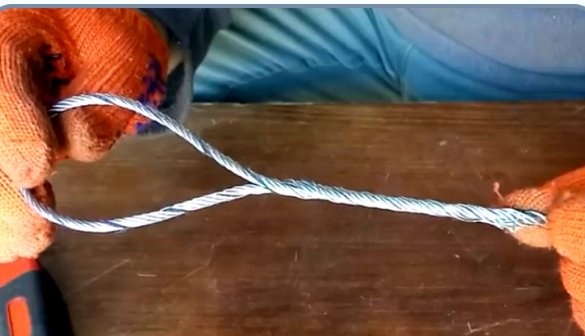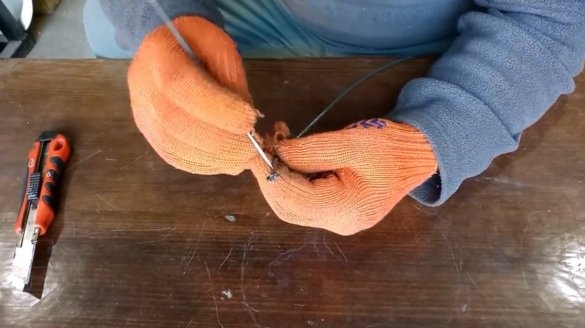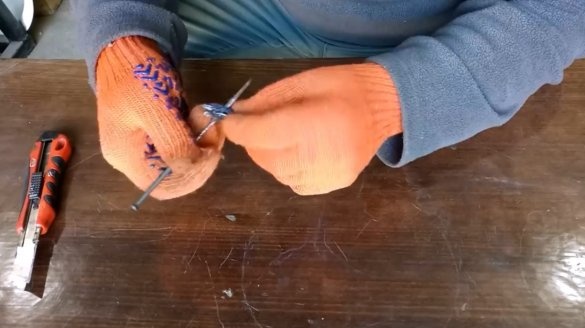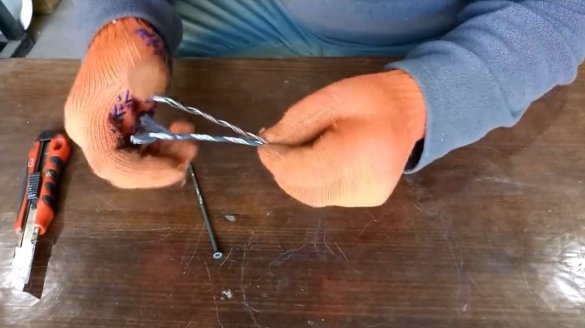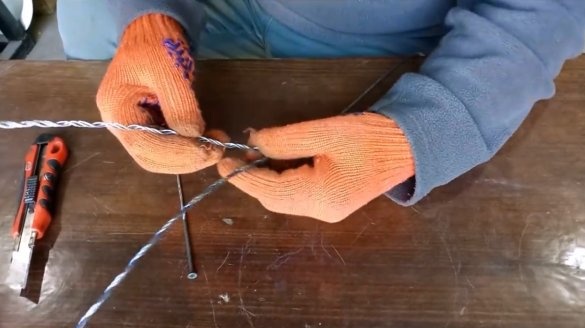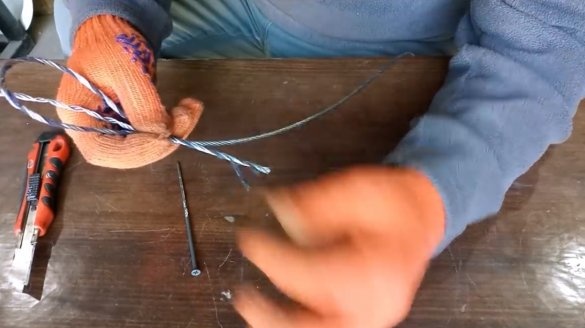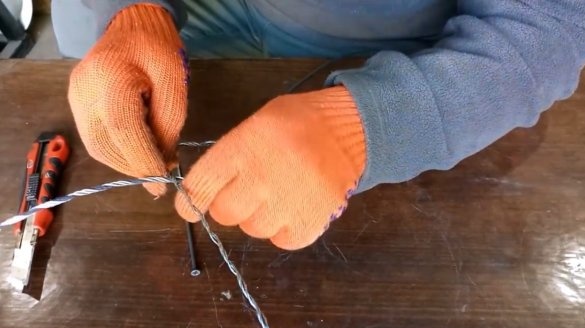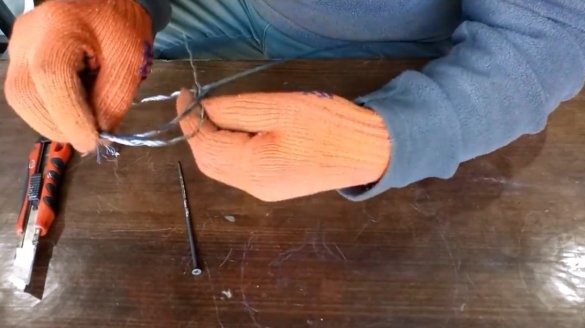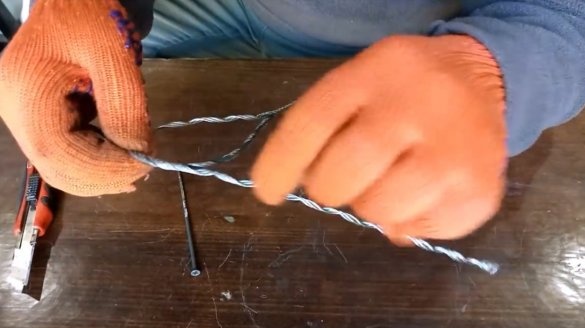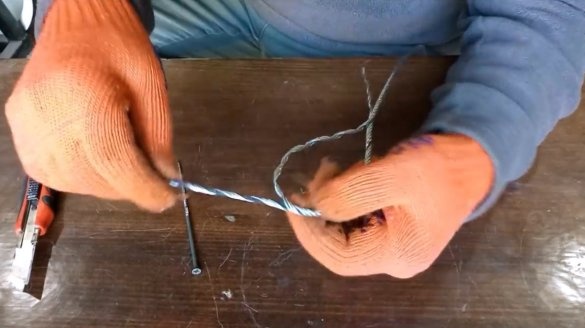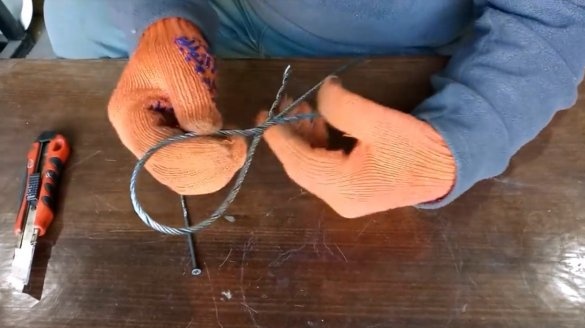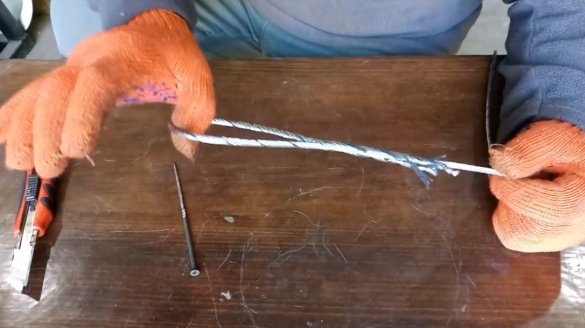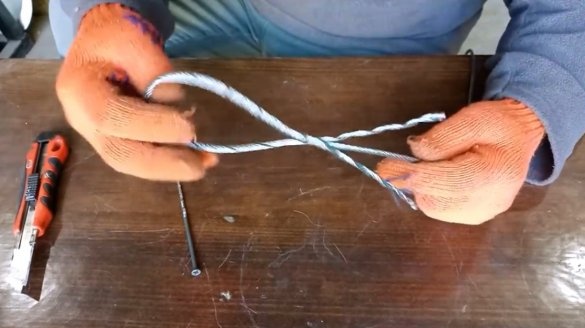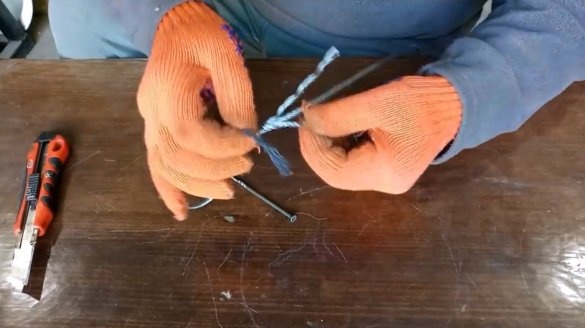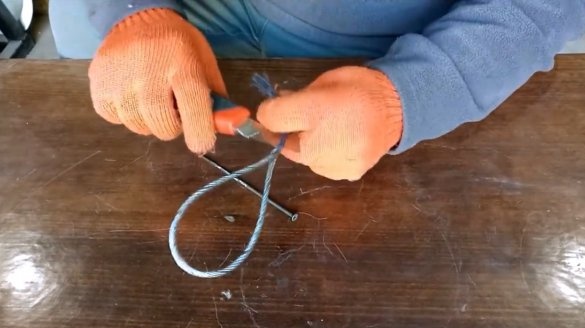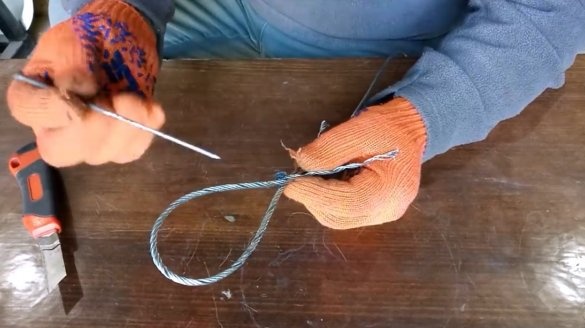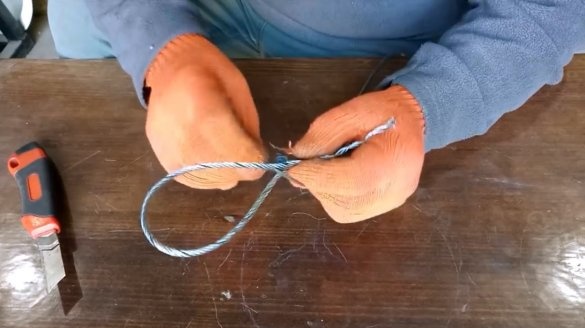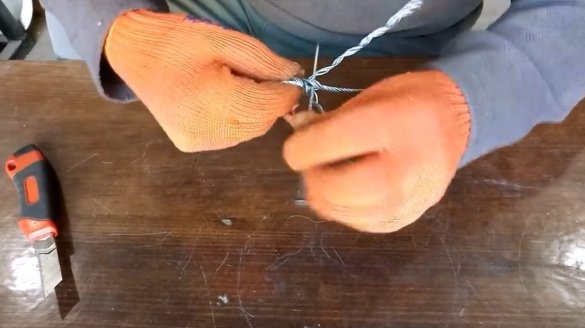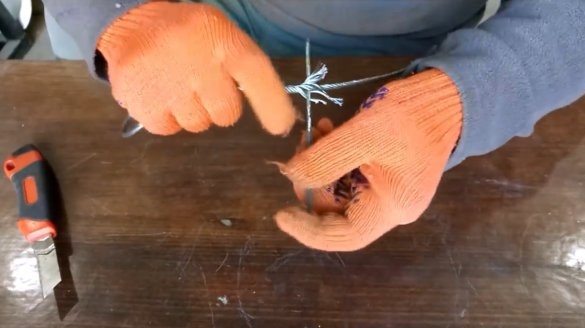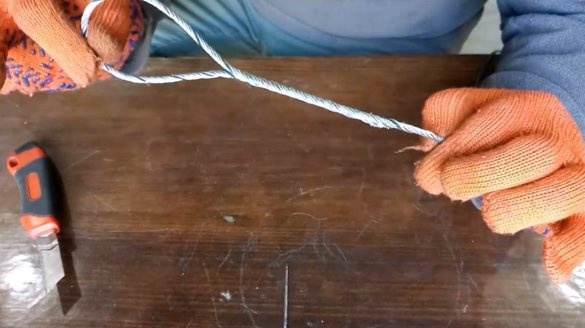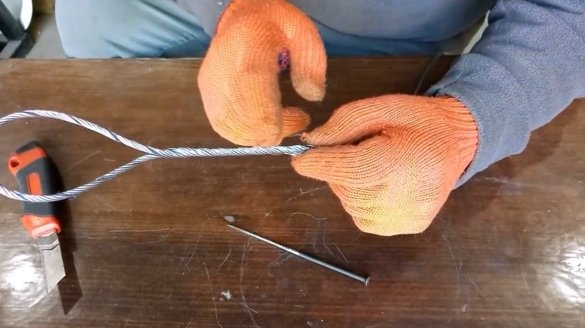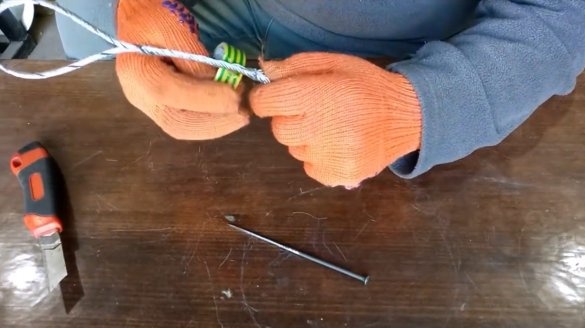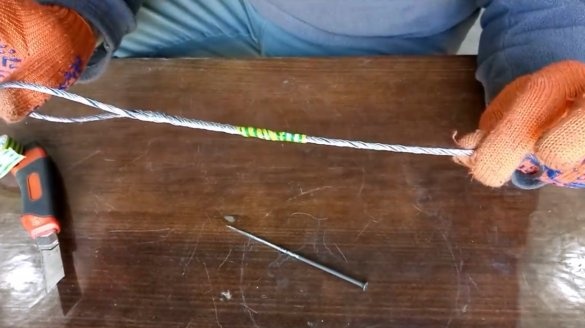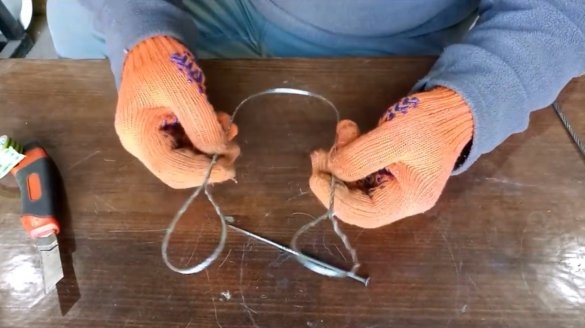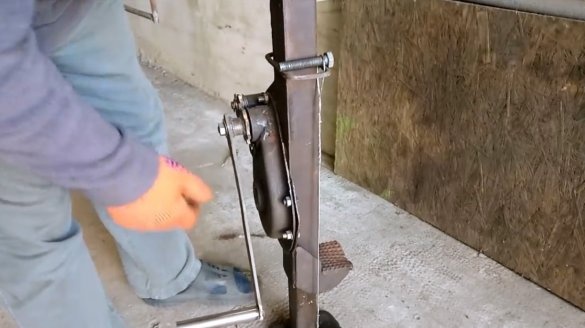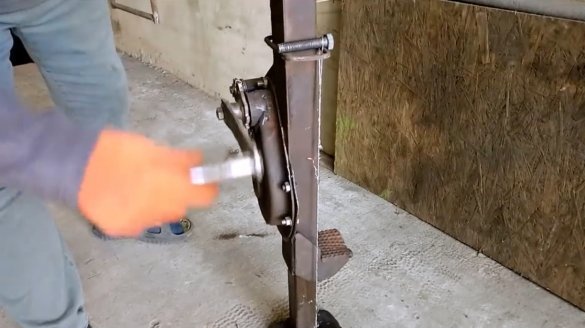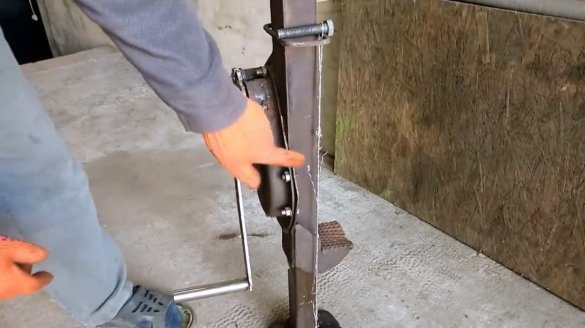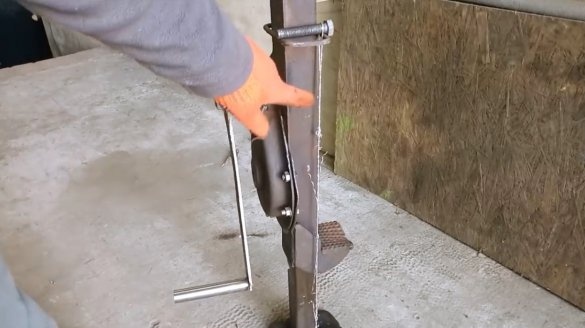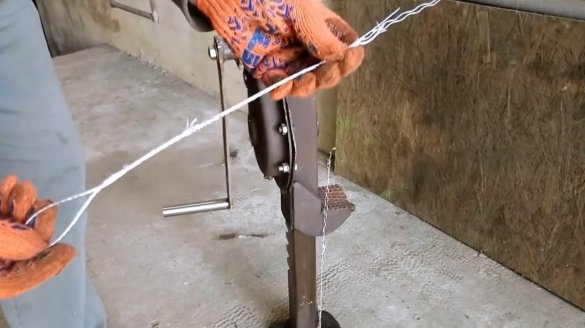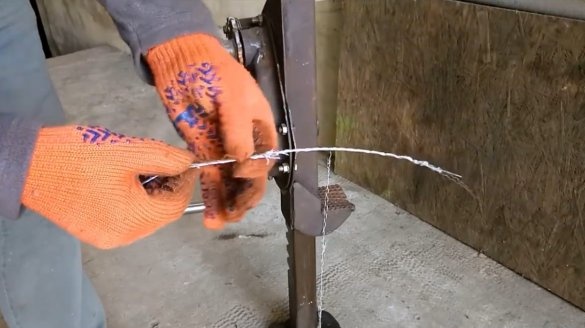In this article, Alexey, the author of the YouTube channel of the same name "Alexey Gorobey", will tell you about a simple and reliable way to tie a loop at the edge of the cable.
Materials
- Steel rope
- Insulation tape.
Instruments, used by the author.
- Jack (for testing)
- Nail or screwdriver
- Joiner's knife.
Manufacturing process.
So, the author has a cable with a diameter of 4 mm. Actually its thickness is not important, the method is suitable for absolutely any cable diameters (of course, within reasonable limits). Previously, the author weaved a part of the cable parallel to him, but such a connection is very unreliable, and can dissolve at the most crucial moment.
The second method is very reliable, and all the speculation that such a loop is unraveled is a false statement. At the end of the article, the author will test one of the tied cables for strength.
In order to tie a loop on the cable, you will need some sharp tool. For example, awl.
The author will use a sharpened nail. In the case of a thicker cable, a small mount is suitable.
First of all, it is necessary to divide the cable into two strands of the same thickness. To do this, pierce the edge of the cable.
If a cable-string is woven into a cable, then it should not be removed at the first stage.
The strands should be unwound so that the component threads remain nearby. The strand has the shape of a drill. You need to unwind, based on the size of the future loop.
Moreover, it is necessary to leave a supply of strands, approximately equal in length to the length of the loop.
Next, you should start first one antennae inside the loop, braiding one half of the loop to the center.
Then the same operation is done with the second part.
The main loop is ready.
Now you need to get the heel out of the strand, and cut it off at the base of the loop.
Next, you need to weave the strands into the body of the cable itself. To do this, you can use a screwdriver, or a long nail. The weaving itself should start from the base of the loop, rotating the tool in the direction of the turns. And to keep it stands for the loop itself, and not for the cable.
So, the loop is ready, but the edges of the strands protrude from the body of the cable, and they are quite prickly.
To fix this problem, you can wrap the neck of the loop with soft wire. But the author decides to simply wrap it in insulating.
The author prepared a 2 mm thick cable and tied two loops.
Now you can test it by stretching it with a jack.
As you can see, it is the cable itself that starts to break, and the loops remain intact.
The neck of the loop itself has a double thickness, and remains intact.
And it looks like a completely torn cable with loops. The loops have survived!
Thanks to the author for a simple but useful technique for weaving loops on a cable!
All good mood, good luck, and interesting ideas!

